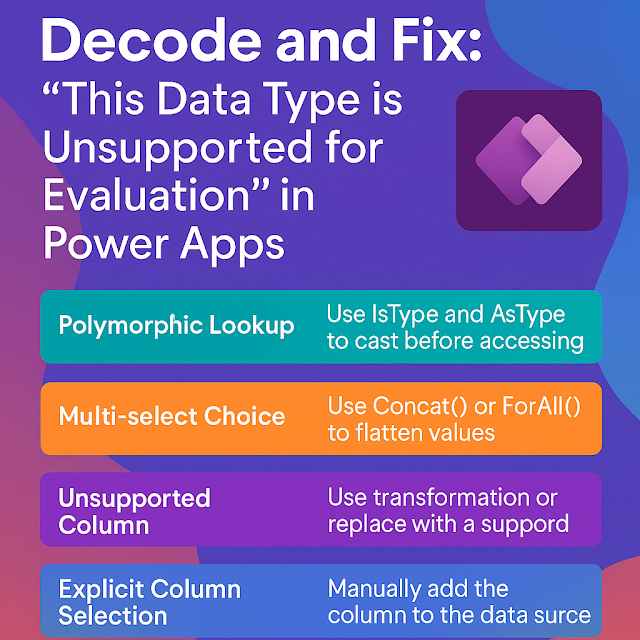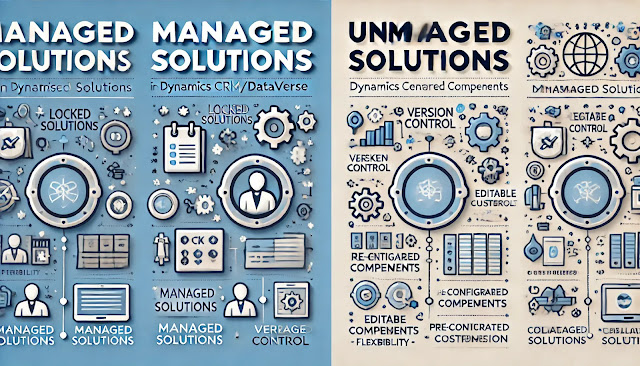Simplify Your Sales Process with Dynamics 365 Sequence Manager
Sequence Manager in Dynamics 365 Sales is a productivity tool that helps sales teams automate and standardize their engagement process with leads and customers. It allows sales managers to design step-by-step communication sequences—such as emails, calls, or LinkedIn messages—that guide sellers on when and how to follow up with prospects. Each step can be configured with delays, conditions, and personalized templates to maintain consistency while still allowing customization. Once activated, salespeople can enroll their records (like leads or opportunities) into these sequences directly from Dynamics 365 or Outlook, ensuring timely follow-ups. The Sequence Manager also provides analytics and insights into engagement effectiveness, helping teams identify which sequences drive conversions and optimize future outreach strategies.
What is Sequence Manager in Dynamics 365 Sales?
The Sequence Manager in Dynamics 365 Sales is part of the Sales Accelerator feature. It helps sales teams automate and structure the sales process by defining a sequence of activities — such as emails, calls, LinkedIn messages, or tasks — that a seller should follow when engaging with leads, opportunities, or customers.
Think of it as a guided selling tool that ensures every seller follows consistent, repeatable, and optimized steps to nurture leads and close deals.
Core Concept: What a Sequence Is
A Sequence is a predefined set of steps or actions (manual or automated) that guide sellers on how to engage with a customer.
Each step can include:
- Sending an email or LinkedIn message
- Making a phone call
- Completing a custom task
- Waiting for a certain duration (delay step)
- Using AI suggestions or Copilot insights
The Sequence Manager allows you to create, configure, and assign these sequences to records in Dynamics 365 Sales (such as Leads or Opportunities).
How Sequence Manager Works
1. Define Target Audience (Entity):
- You decide which records (like Leads, Opportunities, or Contacts) the sequence applies to.
2. Create a Sequence:
- In the Sales Insights settings, go to Sequence Manager → Create Sequence.
- You can use:
- Templates (standard outreach sequences)
- Custom sequences built from scratch
3. Add Steps and Conditions:
- You define steps such as:
- Automated email: Sends preconfigured templates
- Phone call: Prompts the seller to call
- LinkedIn task: Reminds to send an InMail
- Wait condition: Delay next step by X days
- Branching: Based on outcomes (e.g., email opened, lead responded)
4. Publish and Assign Sequence:
- Once published, assign it to a record set (like all new leads) through a Sales Accelerator workspace.
5. Monitor and Adjust:
- Track engagement metrics — open rates, responses, completion rates — to refine sequences for better performance.
Key Features of the Sequence Manager
- Ensures consistency in the sales process across teams
- Helps sellers stay organized and manage daily activities efficiently
- Reduces manual work with automation and AI assistance
- Improves response rates and conversion ratios through structured engagement
- Provides insights into which actions yield the best results
Example Scenario
Imagine a Lead Nurturing Sequence for new debit card requests in a banking context:
1. Day 1: Send welcome email (automated)
2. Day 3: Schedule call to verify request details
3. Day 5: Wait for customer response
4. Day 7: Send follow-up email
5. Day 10: Mark lead as qualified or disqualified
The Sequence Manager ensures that every sales agent follows these exact steps, improving both customer experience and operational efficiency.
Integration Points
- Sales Accelerator Workspace → Displays next best actions for each lead/opportunity
- Dynamics 365 Sales Insights → Provides AI recommendations within the sequence
- Microsoft Teams & Outlook → Automate communication steps
- Power Automate → Extend sequence logic for custom workflows
Summary:
Sequence Manager in Dynamics 365 Sales helps automate and organize sales outreach by guiding sellers through a predefined series of actions—such as sending emails, making calls, or scheduling meetings. It ensures consistent and timely follow-ups, improving lead nurturing and conversion rates. Managers can create, assign, and monitor sequences to maintain standardized sales processes while tracking performance and engagement insights.













Comments
Post a Comment